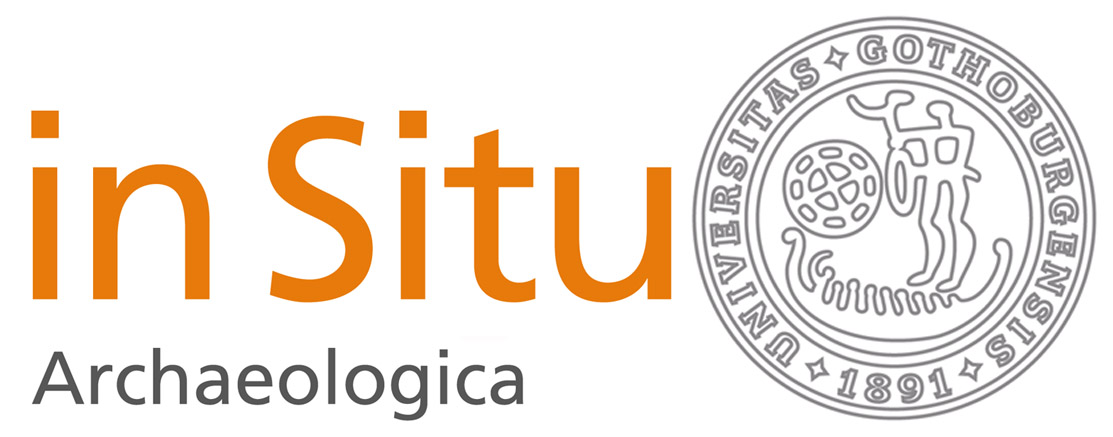Järnålderns bebyggelsearkeologi i backspegeln
DOI:
https://doi.org/10.58323/insi.v14.9319Abstract
The article aims at reviewing Iron Age settlement archaeology before the 1990s. This is done with special regards taken to ‘historism’, i.e. taking into consideration the knowledge and values at the time when the interpretations where made. Early settlement archaeology in Scandinavia regarded settlement development as ever continuous and expanding and starting with a few farms in the Early Iron Age. In the absence of settlement sites, place-names and cemeteries were used to indicate the settlements. This was possible since cemeteries, place-names and modern day’s farms were comprehended as a unit while situated at the same place. From the 1990s the settlements sites themselves, when discovered, revealed a different spread in the landscape as well as a development with both expansions and regressions. The article discusses the weaknesses and defects with the construction farm-cemetery (gårdsgravfält ) and with place-names when used in settlement archaeology.
Downloads
Downloads
Published
How to Cite
Issue
Section
License
Copyright (c) 2020 Marianne Lönn

This work is licensed under a Creative Commons Attribution 3.0 Unported License.
Authors contributing to In Situ Archaeologica agree to publish their articles under a Creative Commons License. This gives third party different rights to use the material under certain conditions. These rights is defined by which license the article is published and it is the third partly responsibility to ensure that the license is fullfilled in any re-use of the material. Authors always retain copyright of their work and any re-use of the material presumes that appropriate credit is given the author, a link is provided to the license, and any changes made are clearly indicated.



